*This article contains spoilers from Dune: Part Two. Proceed to read with this knowledge.*
The highly anticipated sequel to the critically acclaimed 2021 science fiction film Dune broke box office records and surpassed $178 million in its global debut. Inspired by the original book series, director Denis Villeneueve continues to depict the contemplative tale of Duke Paul Maudi’B Atreides and Fremen warrior Chani Kynes, played by Timothée Chalamet and Zendeya Coleman.
Though I found Dune 1 hard to follow at times, its peculiarity and depth implored me to visit the cinema once again when the sequel arrived. The plot takes place on a post-apocalyptic planet, Arrakis, filled with “spice” — a valuable resource crucial for spacecraft fuel. With a high score of 92% positive reviews on Rotten Tomatoes, the adaptation’s unique creative directions served the book and audience justice.
The film begins with Atreides and the Fremen (a civilization of people in the Arrakis desert) combatting the Harkonnens, the main antagonists. I watched with bated breath as the beauty of the futuristic landscape combined with the eerie silence of the desert tantalized my senses. The eccentric worldbuilding and intricate computer graphics well complemented the plot and enhanced the theater experience. The contrast between the vibrant color scheme of the Arrakis desert and the bleak shades of the Harkonnens especially impressed me.
Villenueve’s choice to film scenes portraying the Harkonnen Empire in Infrared mesmerized me, as the black-and-white emphasized the psychotic, dystopian world of Vladimir Harkonnen, the former ruler of Arrakis. The high quality screen and bass-boosted speakers added another layer of surreality and 4D experience through the seats.
The storyline outdid the prequel as the narrative connected the loose dots from the first movie. When I first watched in 2022, I hesitated to enter the fandom due to the overly complicated plot and the incomprehensible easter eggs that didn’t make sense without the 1000-pages long context from the books. But now, with a deeper understanding of Paul’s visions and a broader perspective of the world, I feel ready to dive into the rest of the sequels we expect to see in the near future.
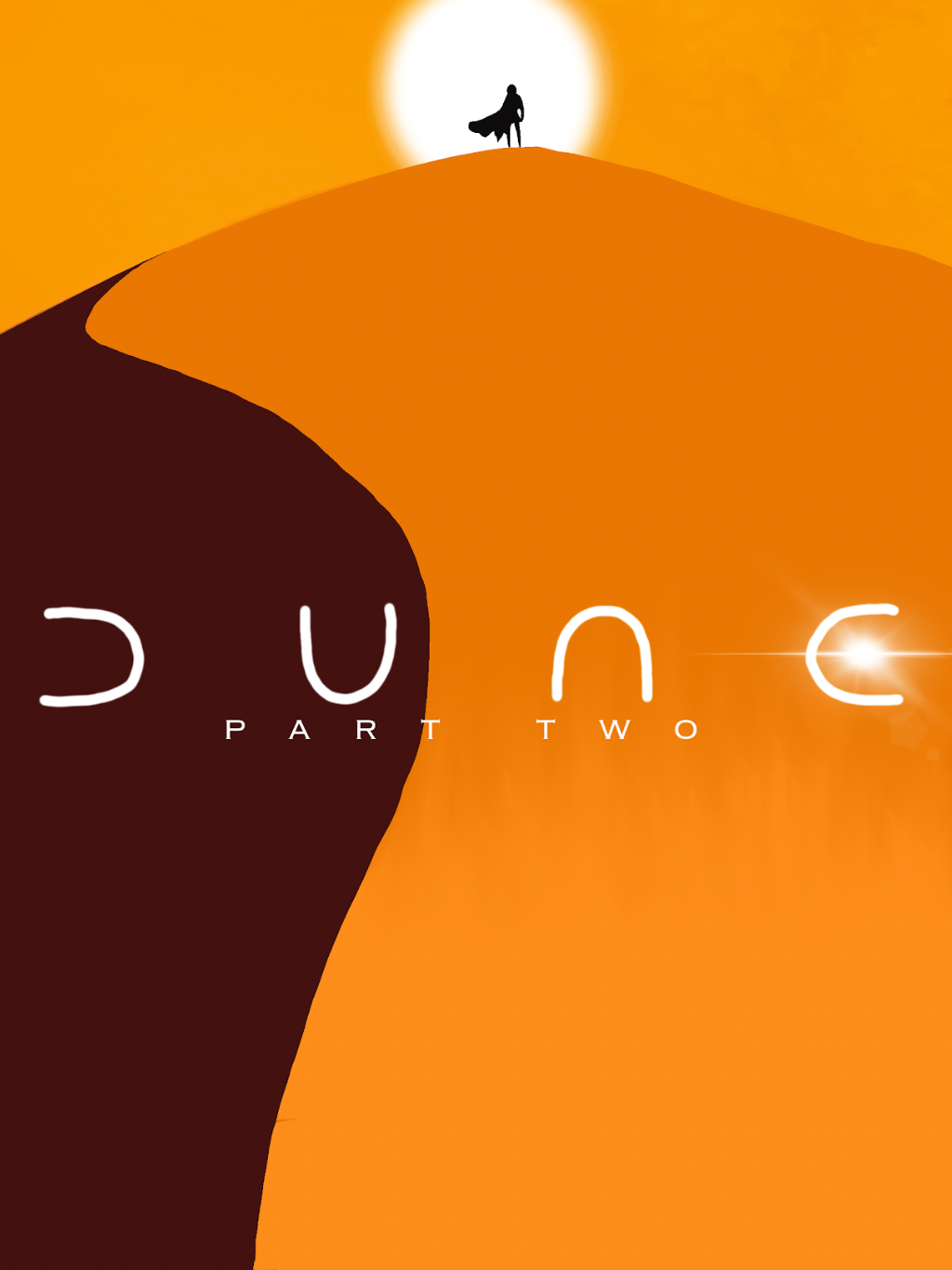
Despite all the positive feedback, some controversies arose: the director’s choice of making changes to Kynes’ role and gender representation made fans question the film’s alignment with the original series. While the novel includes strong and complex female leads, I felt that the adaptation did not fully explore Kynes’ character arc and her contributions. Her original role expanded beyond just Atreides’ love interest – she’s a critical part of plot development as Jessica Atredies’ ally and contributor to the family’s ascendancy. But Villenueve minimized her role to a generic heroine who depends on Atreides rather than portray her as a dynamic figure.
Concerns about the idealization of colonization and land appropriation also rose as the Atreides family ultimately used the Fremen for their power. While their motives may appear compassionate at first glance (to free the Fremen from colonizers), the manipulation of the prophecy done by both empires perpetuates the cycle of oppression.
Still, with blinding sandstorms and fights for freedom and power, the emotional highlights combined with the cinematography of the beautiful desert landscape transitions the classic science fiction scene to a new era. The well choreographed scenes and moral dilemmas between power and love immersed me into the alien world. As the battle of religion, power, and love continues, I can’t wait to catch the third installment in the cinemas in 2026.

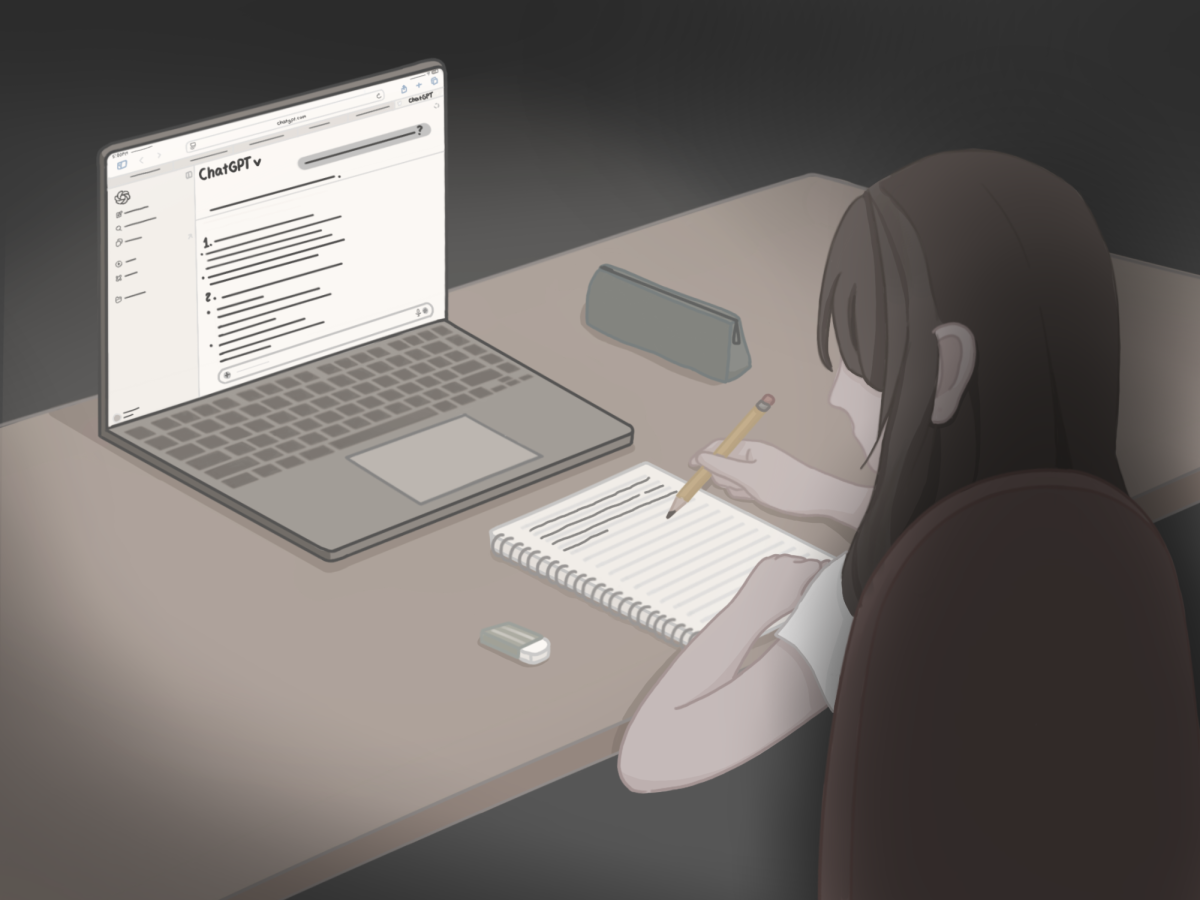

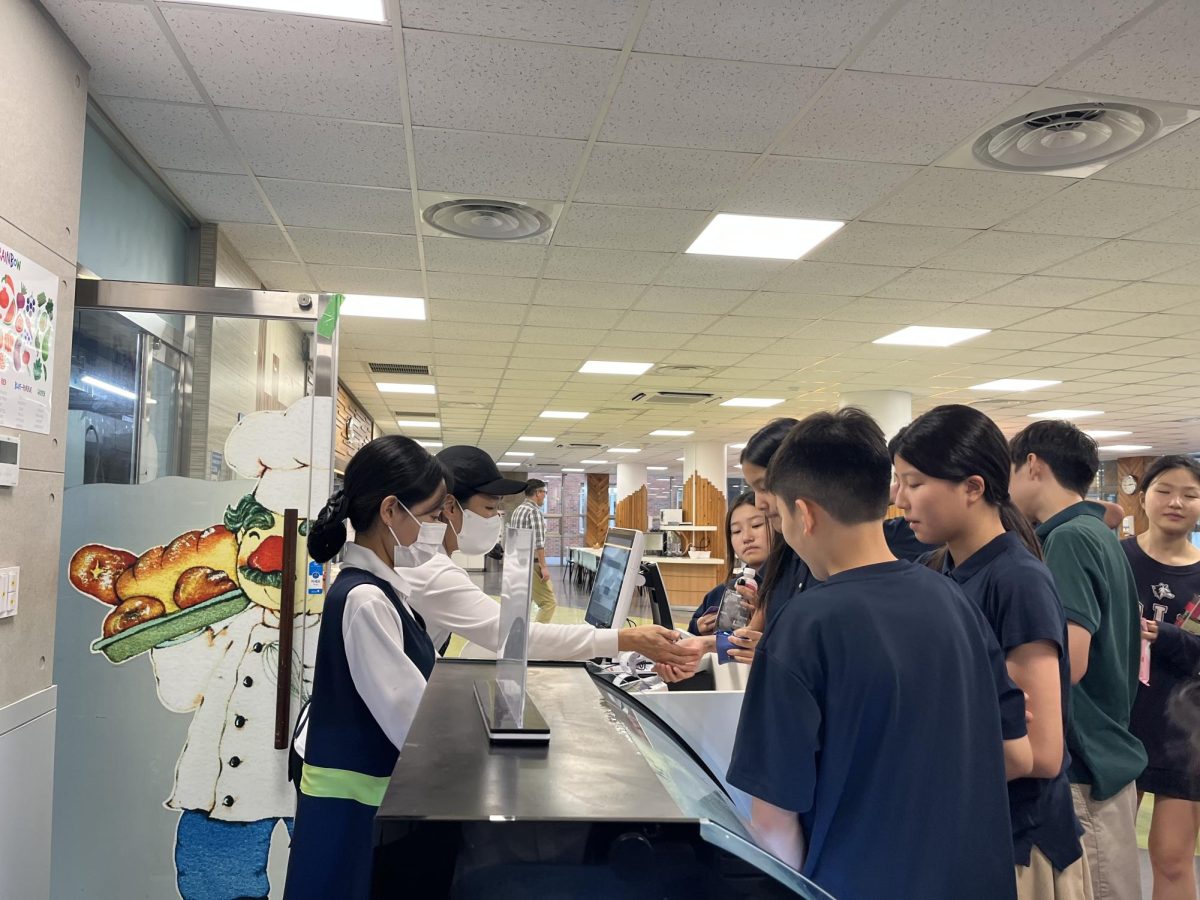


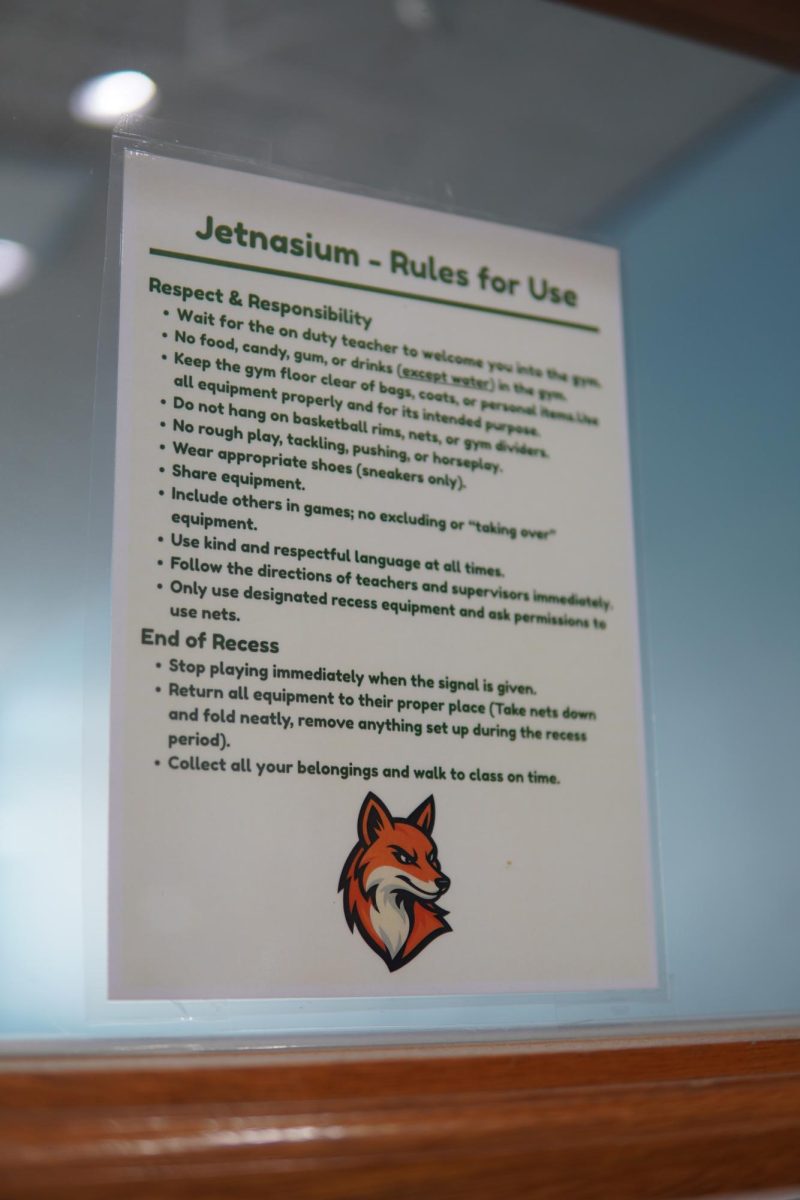

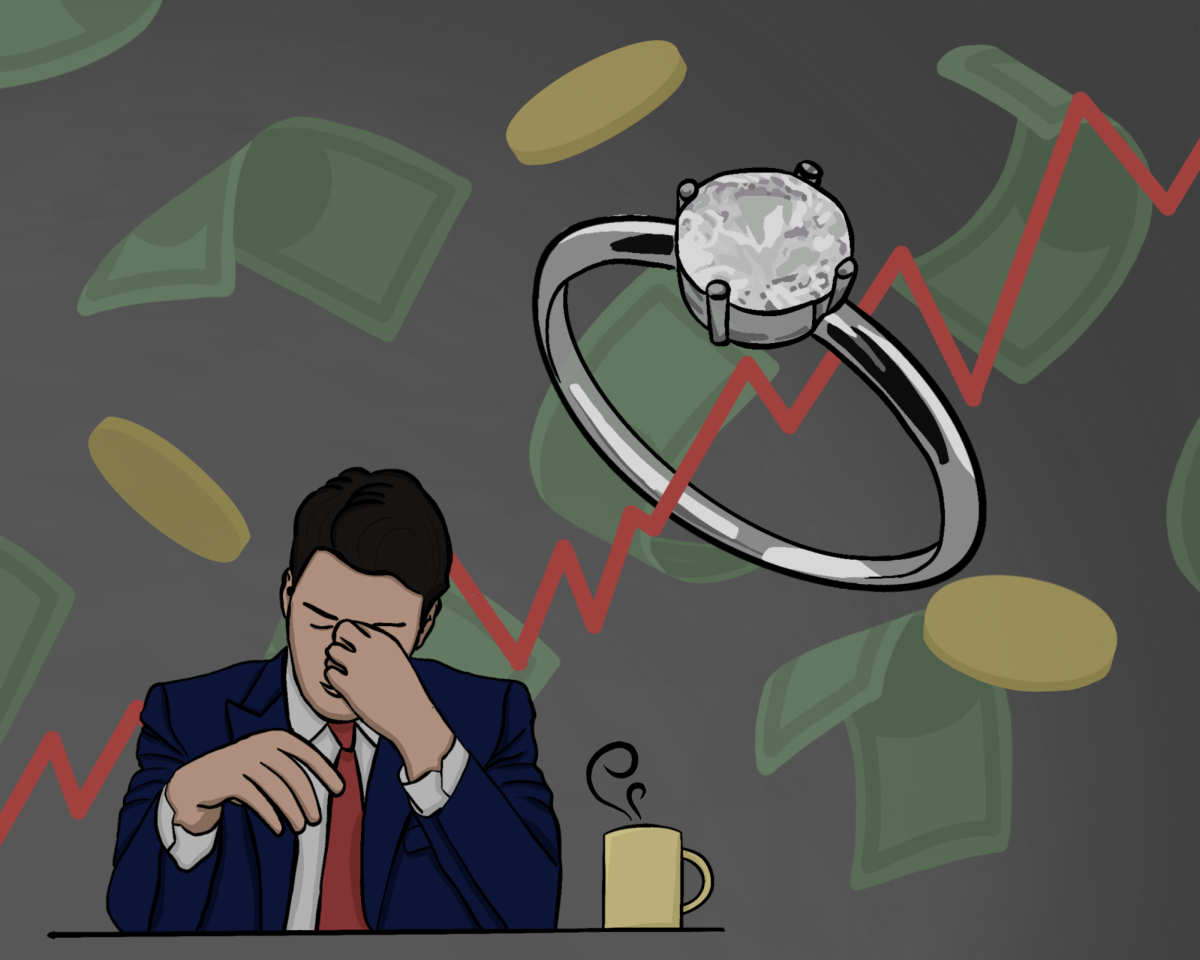

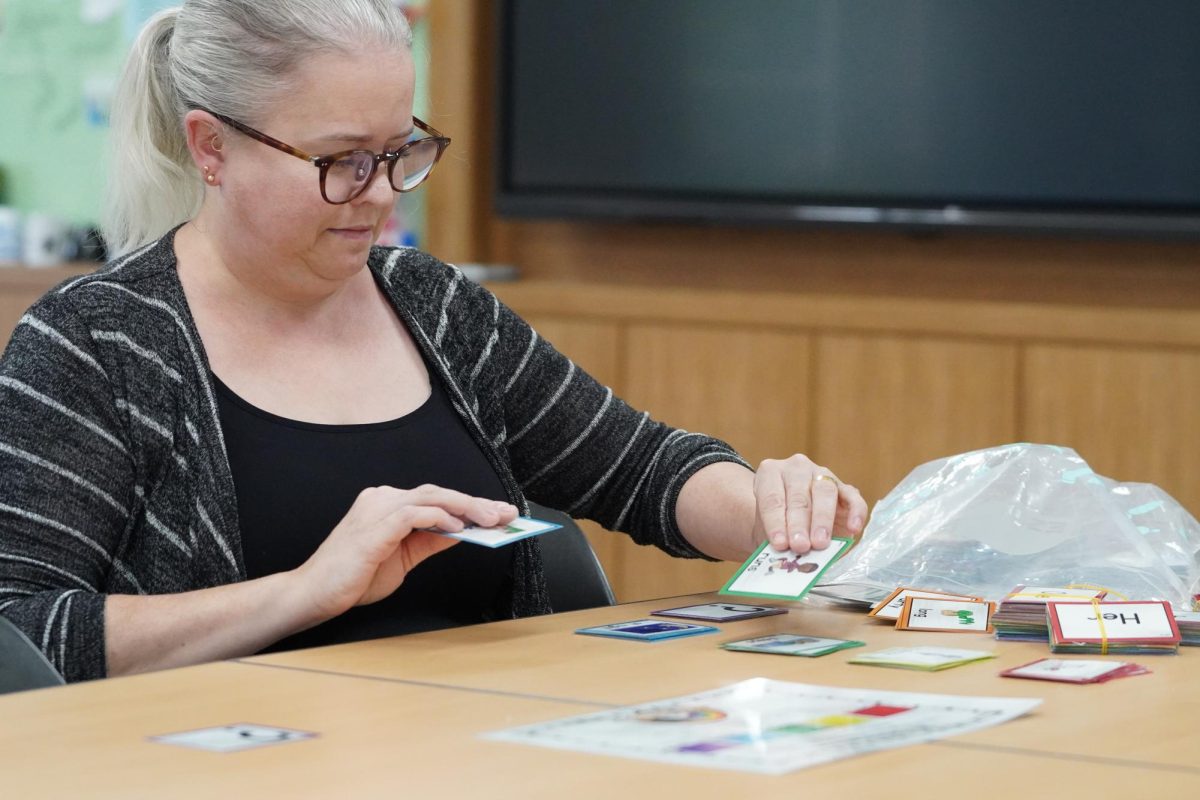
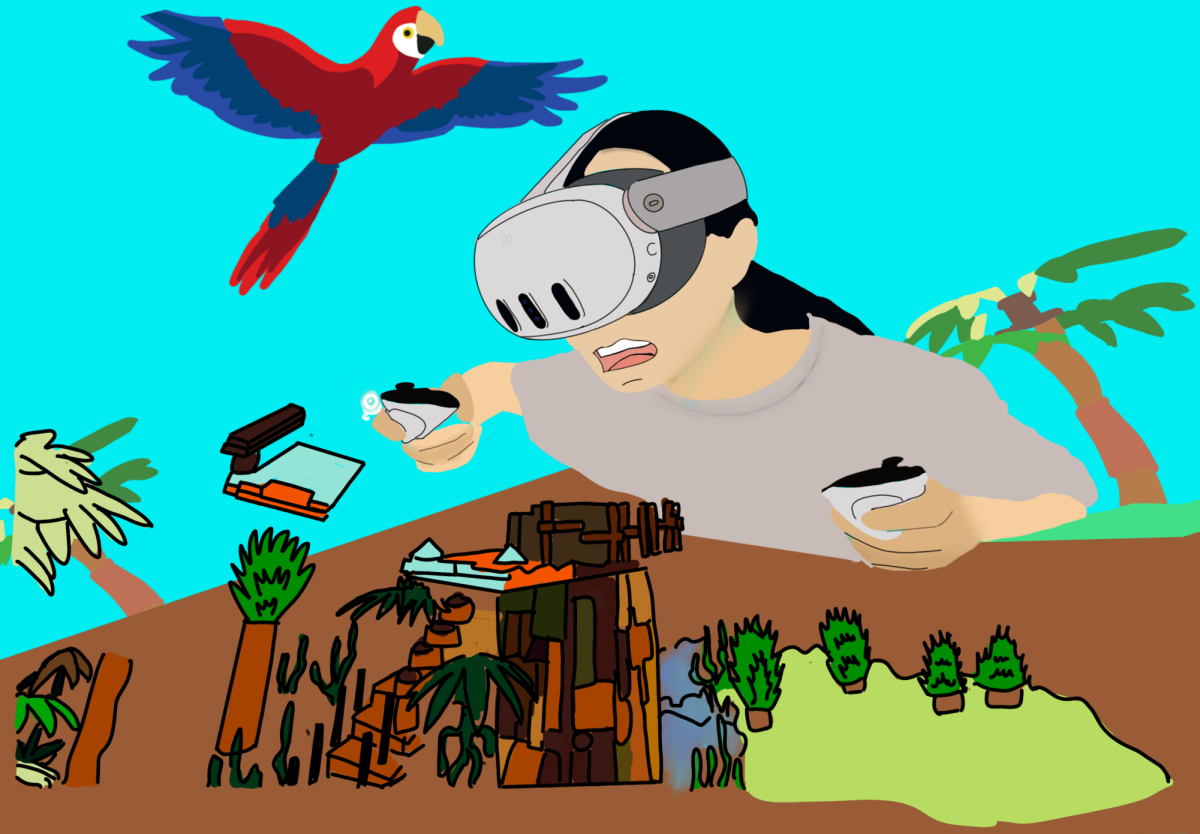


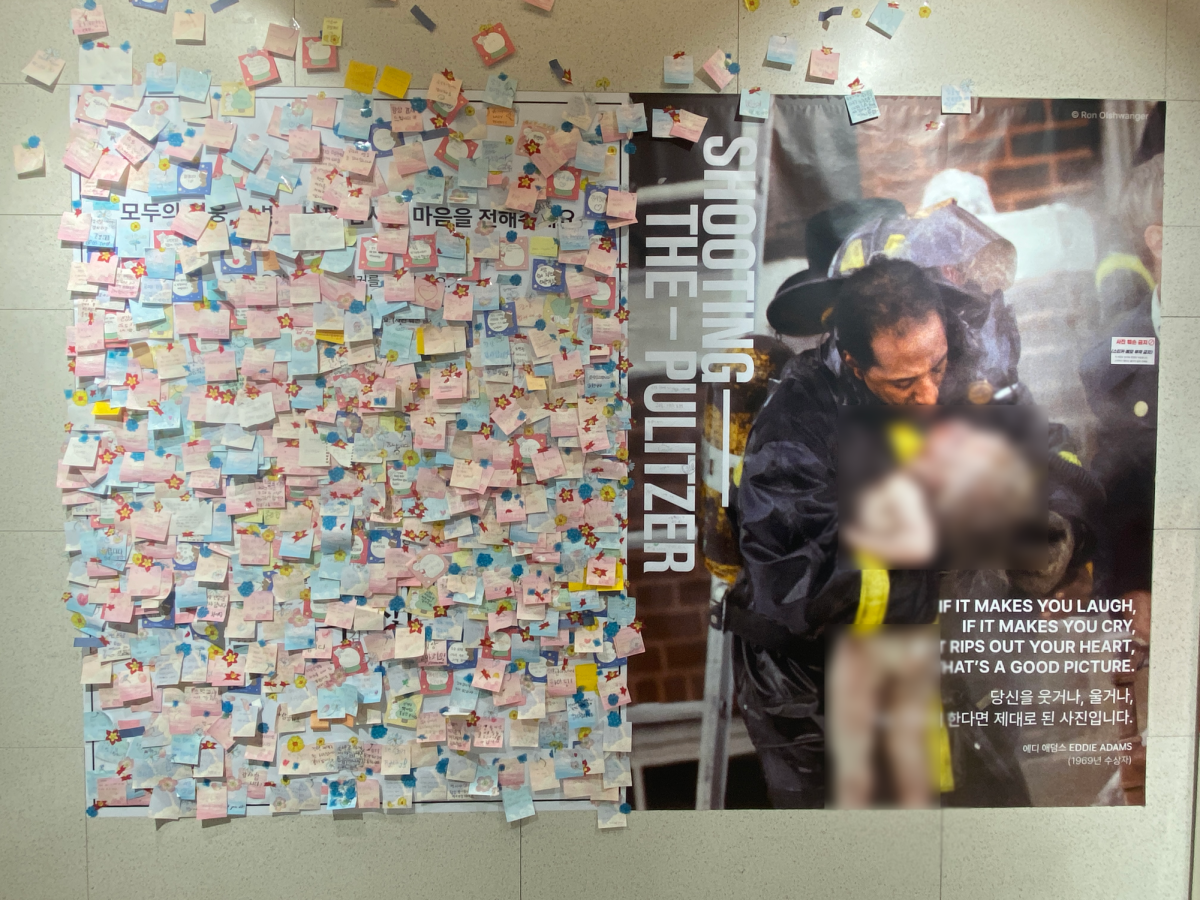
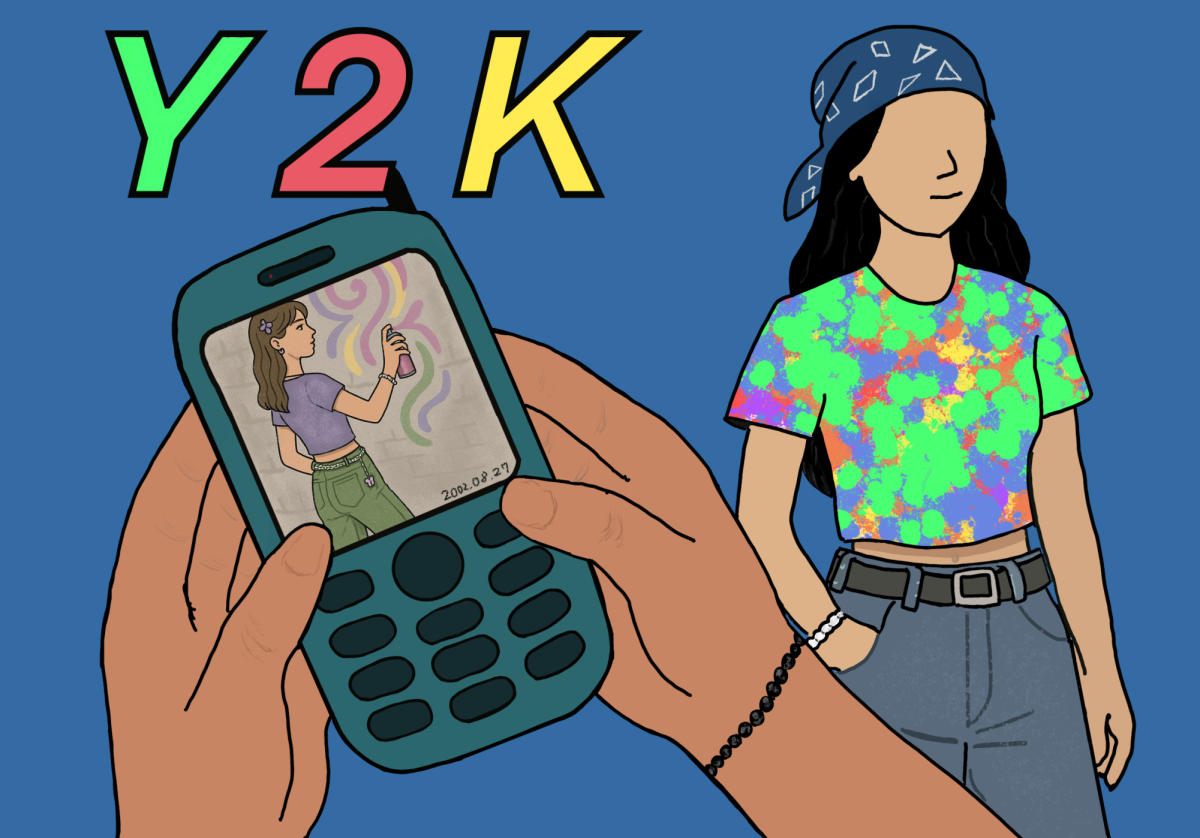


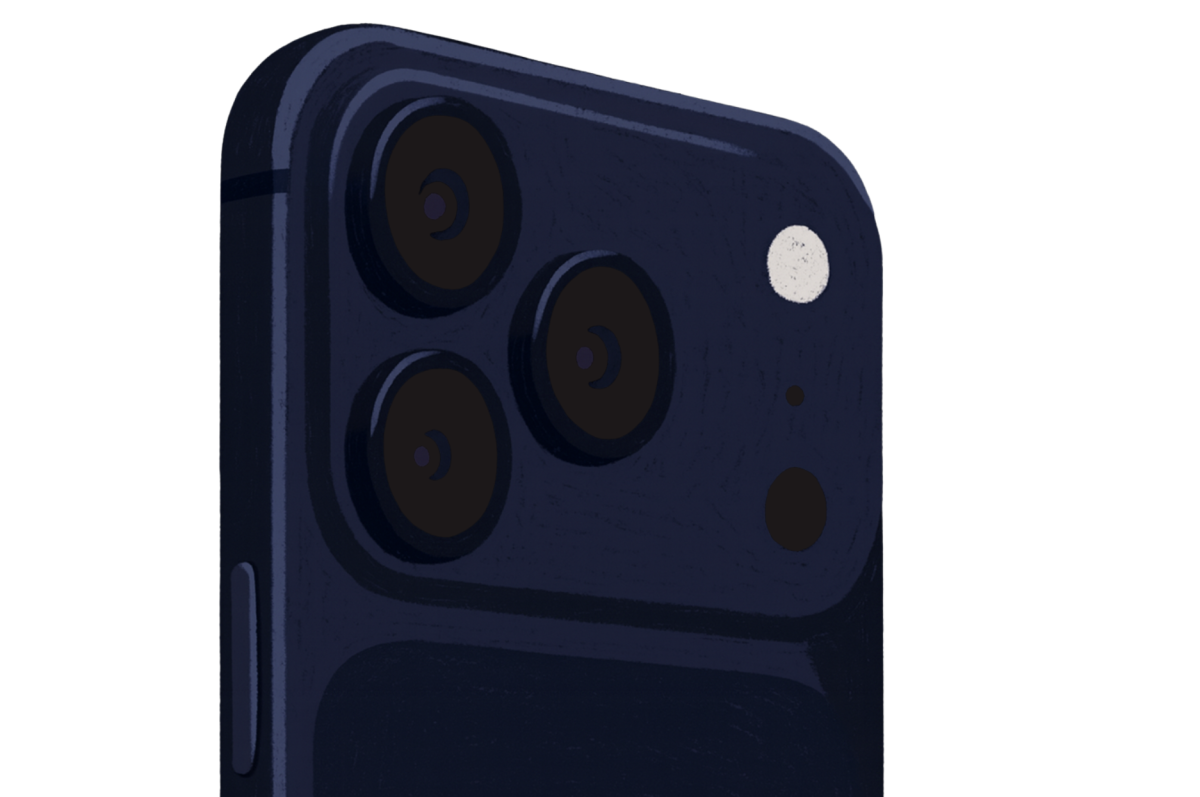

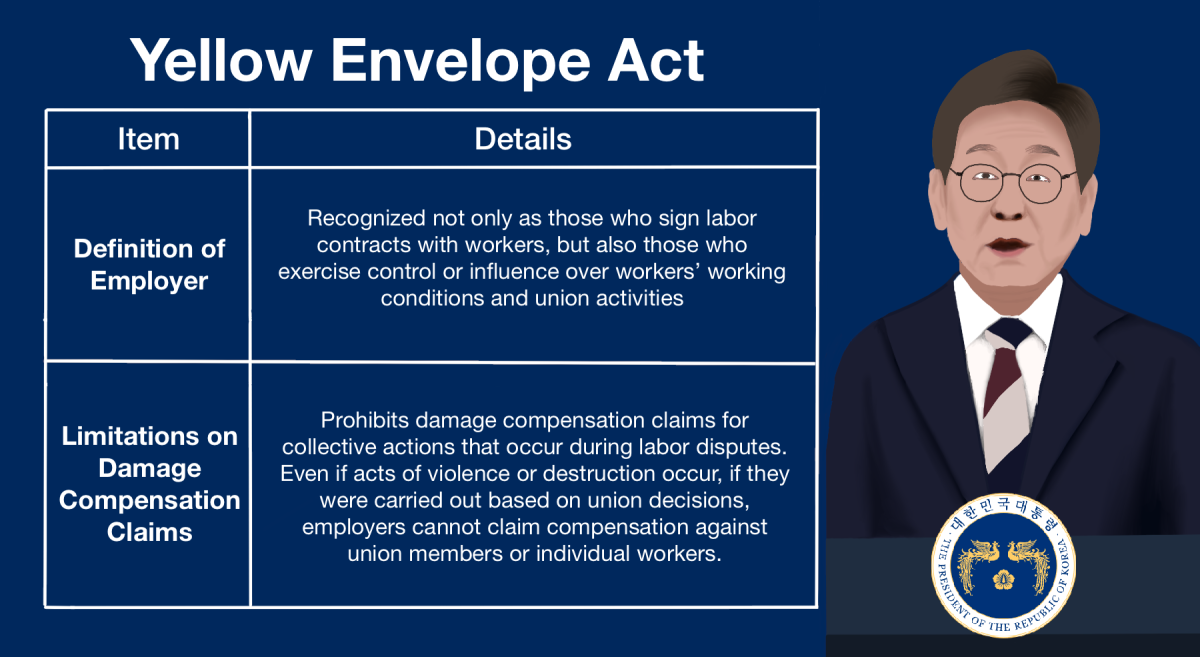









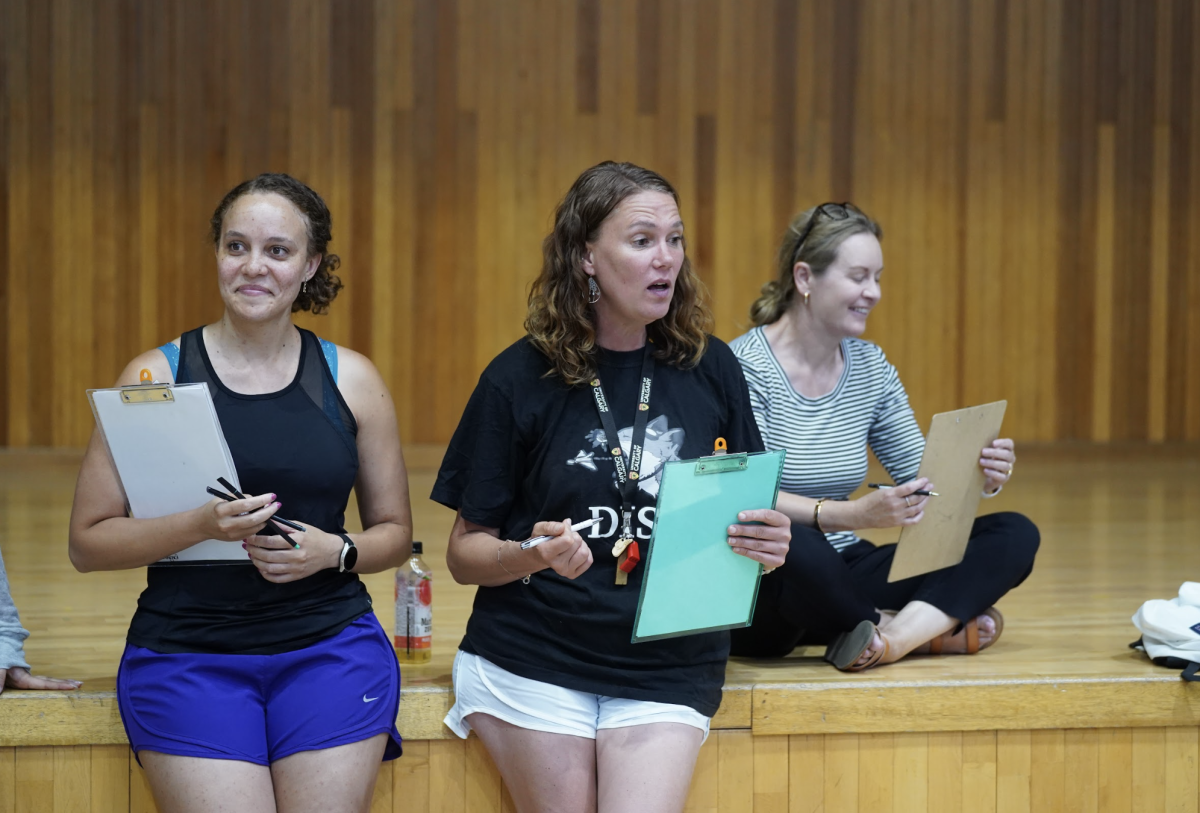

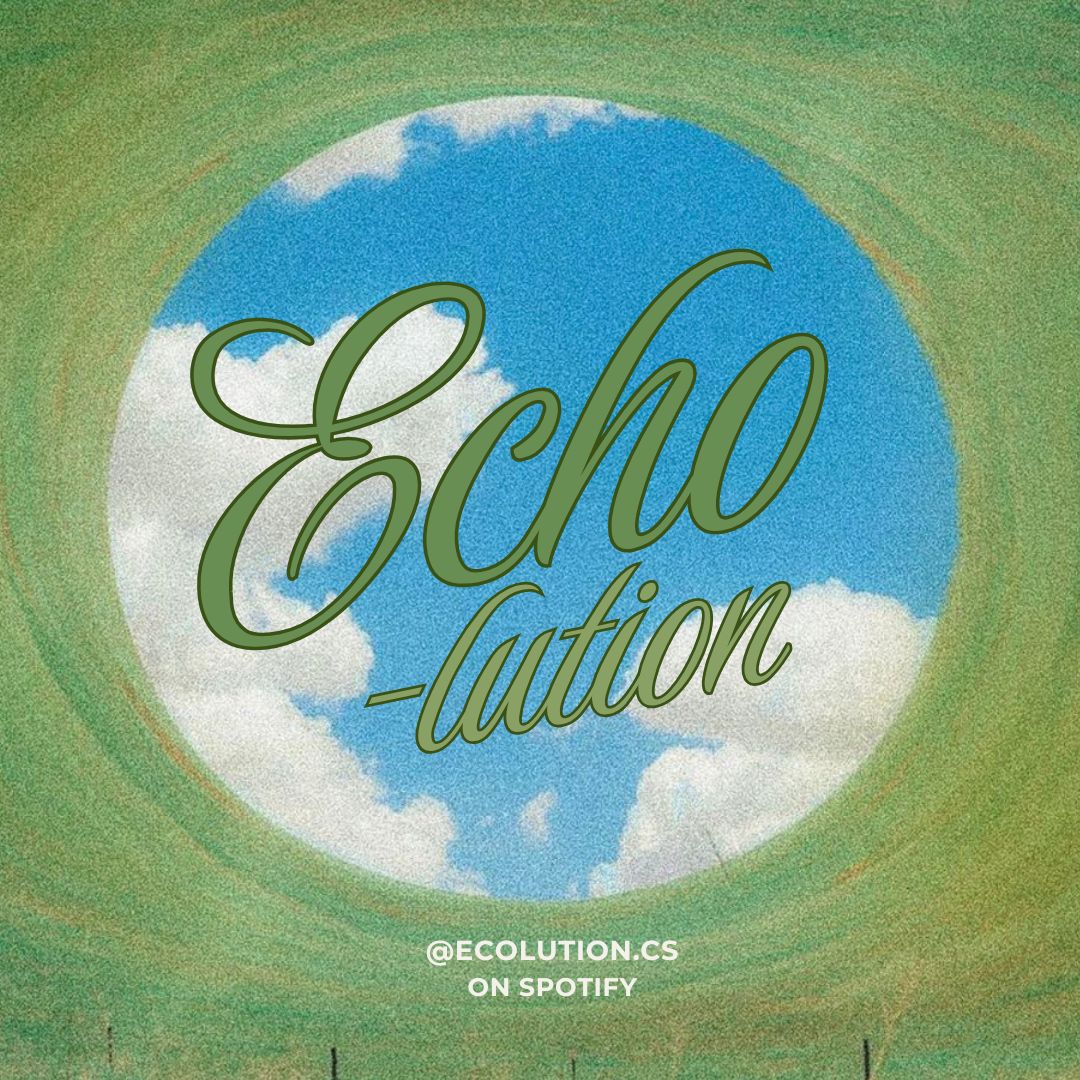











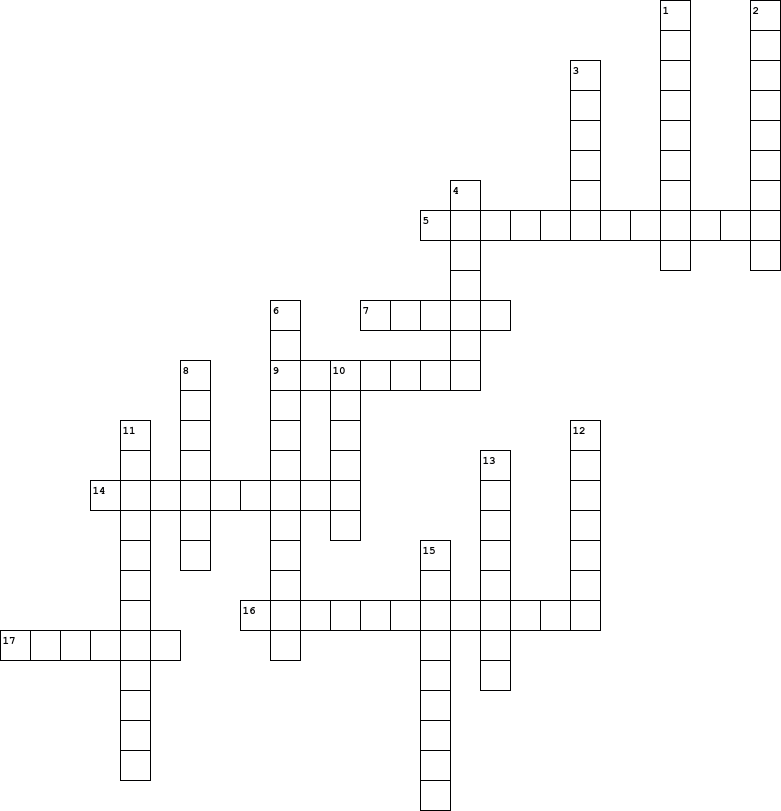
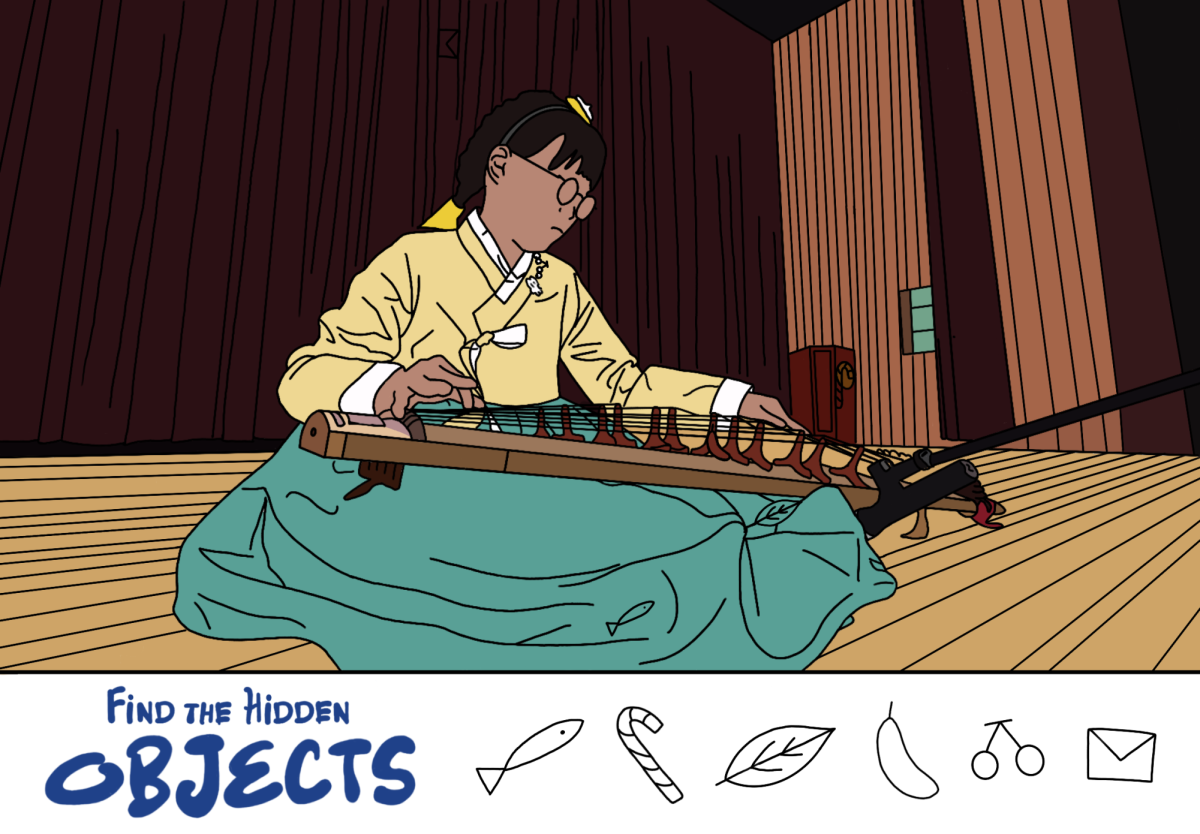







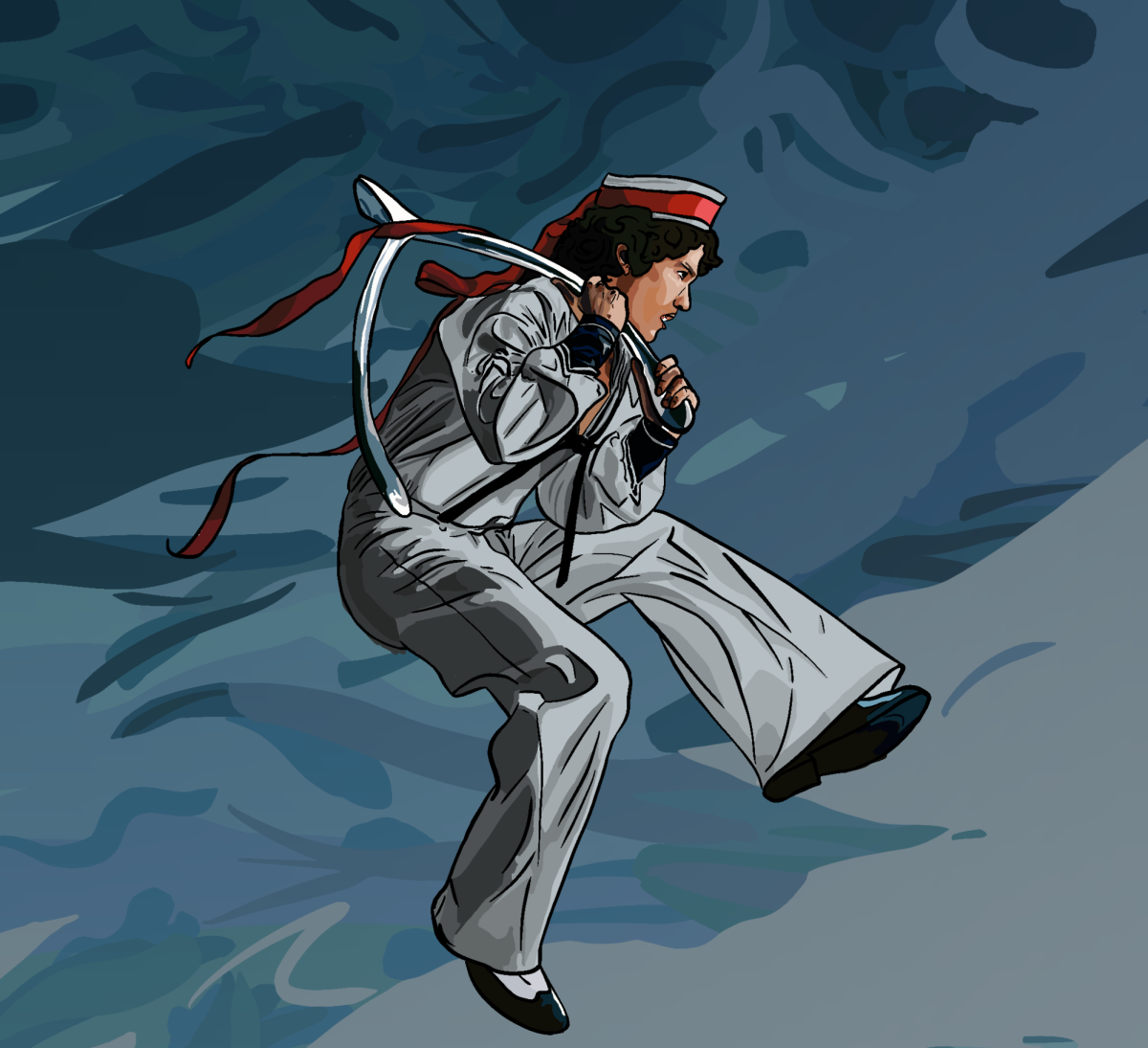
Joseph Beck • May 9, 2024 at 7:28 pm
I saw Dune part two and it was soo fun!